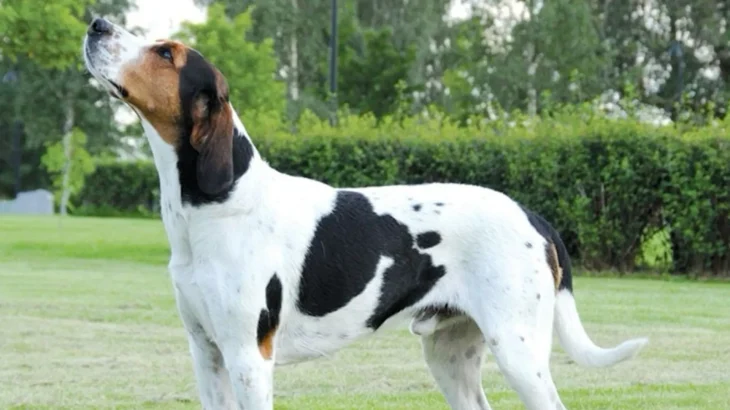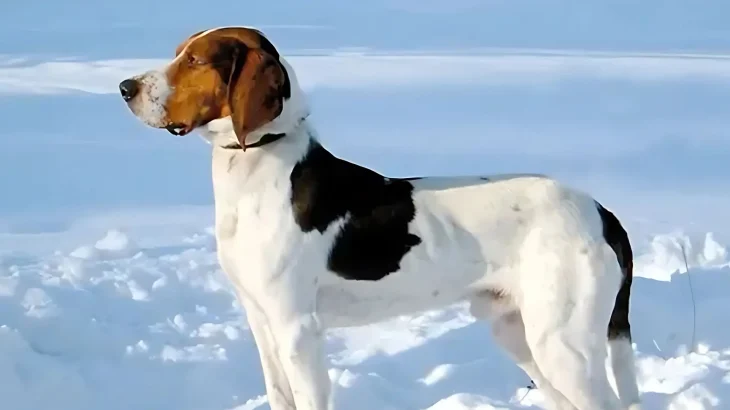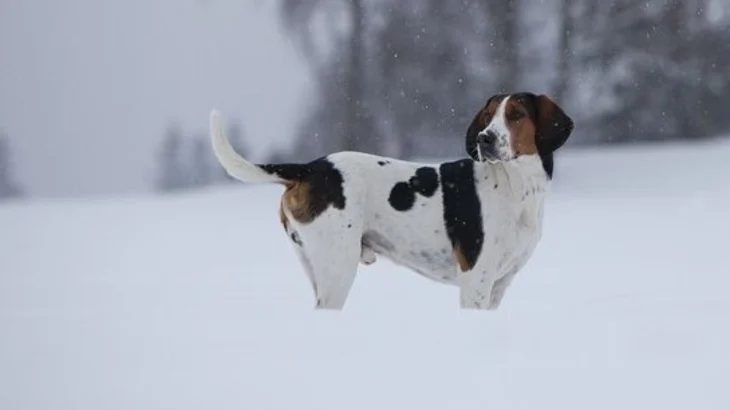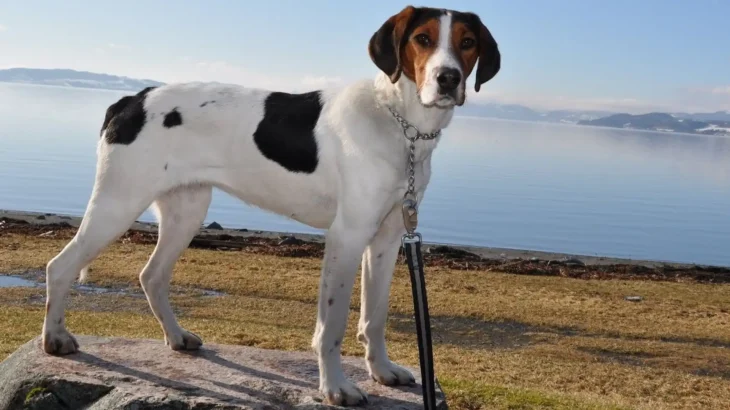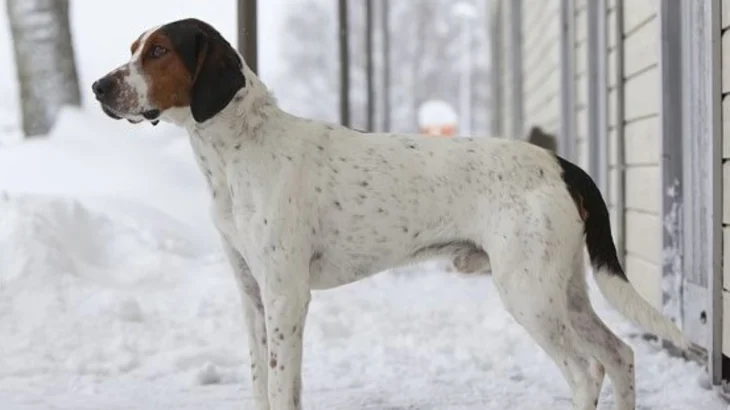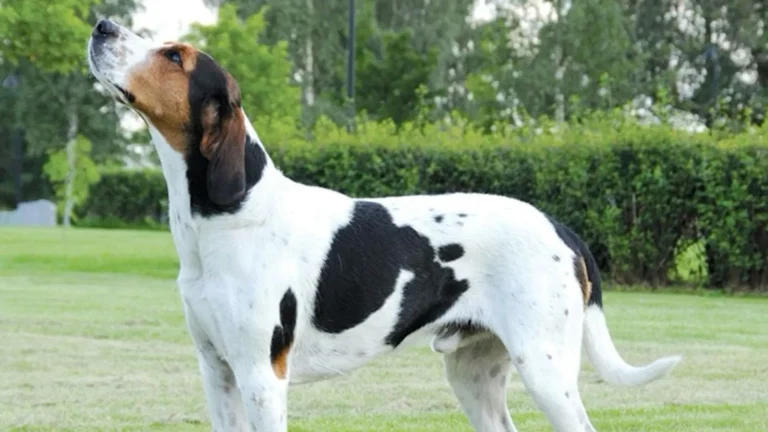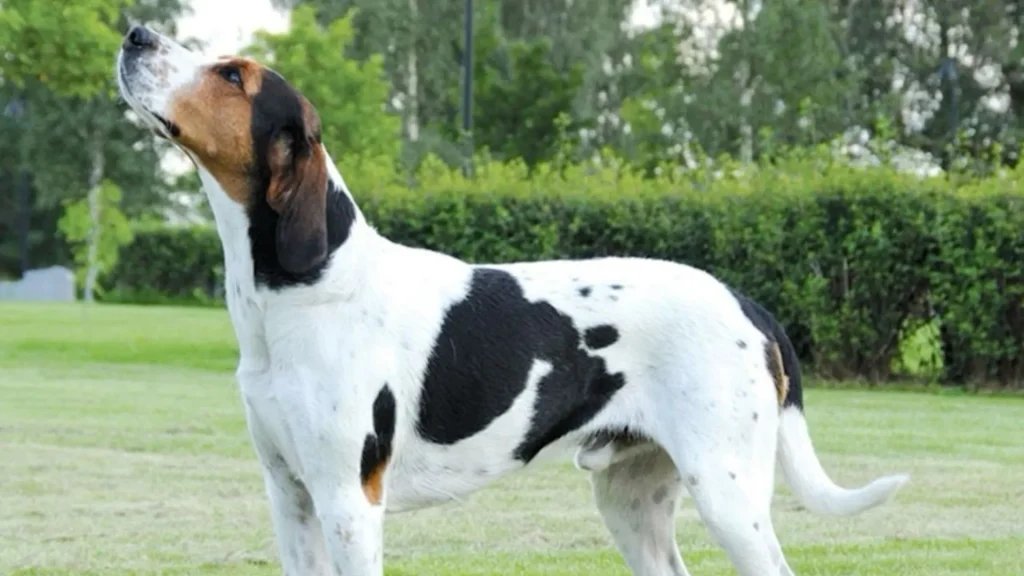When deciding whether to bring a Halden Hound puppy into your home, choosing between adoption and buying from a breeder involves weighing factors like availability, health clarity, and ethical considerations. Given the breed's rarity and limited numbers, purchasing from a breeder might offer more certainty in terms of pedigree and health history, while adoption provides a chance to give a deserving dog a home.
Adoption vs. Breeder: Pros & Cons
| Criteria | Buying from Breeder | Adopting from Shelter/Rescue |
|---|---|---|
| Cost | Generally higher initial cost due to breed rarity and pedigree maintenance. | Lower fees, but Halden Hounds are seldom found in shelters or rescues. |
| Health History | Usually provides detailed health records and genetic background. | Health history may be limited or unknown; basic health screenings typically done. |
| Age Availability | Primarily puppies, allowing for early bonding and training. | May include adult or senior dogs; puppies are rarely available due to breed scarcity. |
| Supporting Practices | Supports controlled breeding efforts; important to choose ethical breeders. | Supports animal welfare by offering homes to dogs in need. |
| Breed Purity & Pedigree | High certainty of breed purity and documented lineage. | Less certainty about pedigree; mixed breeds or unknown lineage possible. |
| Ethical Considerations | Risks of inbreeding exist due to limited breed numbers; responsible breeding crucial. | Helps reduce shelter population, but breed availability may be very limited. |

